Growth of End-Use Industries
The expansion of various end-use industries is a significant driver for the Plastic Color Concentrate Market. Sectors such as automotive, packaging, and construction are experiencing robust growth, leading to increased demand for plastic color concentrates. For instance, the automotive industry is projected to grow at a CAGR of 4% through 2025, which will subsequently boost the demand for high-performance color concentrates that meet stringent regulatory standards. Additionally, the packaging sector is evolving with a focus on aesthetic appeal and functionality, further driving the need for innovative color solutions. This growth across multiple industries is likely to create a favorable environment for the Plastic Color Concentrate Market.
Regulatory Compliance and Standards
Regulatory compliance is becoming increasingly important in the Plastic Color Concentrate Market. Governments and regulatory bodies are implementing stringent guidelines regarding the use of additives and colorants in plastics, particularly in food packaging and consumer products. Compliance with these regulations not only ensures product safety but also enhances brand reputation. As a result, manufacturers are investing in research and development to create compliant color concentrates that meet these evolving standards. The market for compliant plastic color concentrates is expected to grow, driven by the need for safety and quality assurance in various applications. This focus on regulatory compliance is likely to shape the future landscape of the Plastic Color Concentrate Market.
Rising Demand for Eco-Friendly Products
The increasing consumer preference for eco-friendly products is a pivotal driver in the Plastic Color Concentrate Market. As environmental awareness grows, manufacturers are compelled to adopt sustainable practices, including the use of biodegradable and recyclable materials. This shift is reflected in the market, where the demand for eco-friendly plastic color concentrates is projected to rise significantly. In 2025, the market for sustainable plastic products is expected to reach a valuation of approximately 20 billion USD, indicating a robust growth trajectory. Companies that align their offerings with these sustainability initiatives are likely to gain a competitive edge, thereby influencing the overall dynamics of the Plastic Color Concentrate Market.
Technological Innovations in Production
Technological advancements play a crucial role in shaping the Plastic Color Concentrate Market. Innovations in production processes, such as the development of advanced compounding techniques and the integration of automation, enhance efficiency and reduce costs. For instance, the introduction of high-speed mixers and precision dosing systems has improved the consistency and quality of color concentrates. Furthermore, the market is witnessing a surge in the adoption of digital technologies, which facilitate real-time monitoring and quality control. These technological innovations not only streamline production but also enable manufacturers to respond swiftly to changing consumer preferences, thereby driving growth in the Plastic Color Concentrate Market.
Customization and Personalization Trends
The trend towards customization and personalization is increasingly influencing the Plastic Color Concentrate Market. As brands seek to differentiate themselves, the demand for tailored color solutions is on the rise. This trend is particularly evident in sectors such as packaging, automotive, and consumer goods, where unique color formulations can enhance product appeal. In 2025, it is estimated that the market for customized plastic color concentrates will account for over 30% of total sales, reflecting a shift towards more personalized consumer experiences. Manufacturers that offer flexible and innovative color solutions are likely to thrive in this evolving landscape, thereby impacting the overall growth of the Plastic Color Concentrate Market.


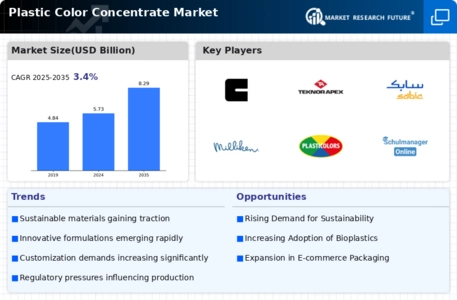
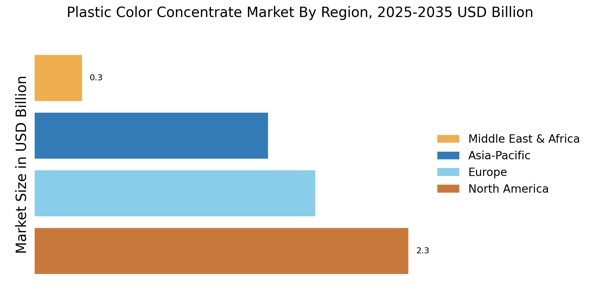
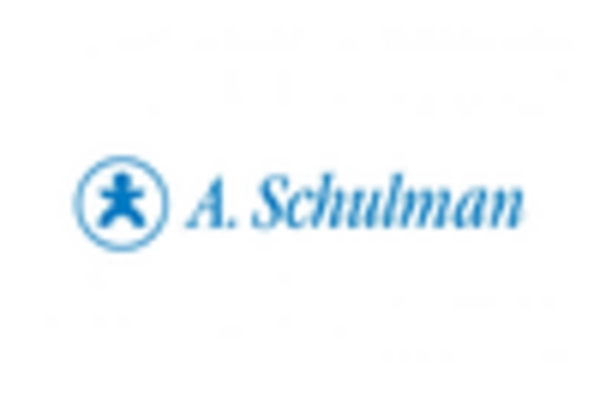
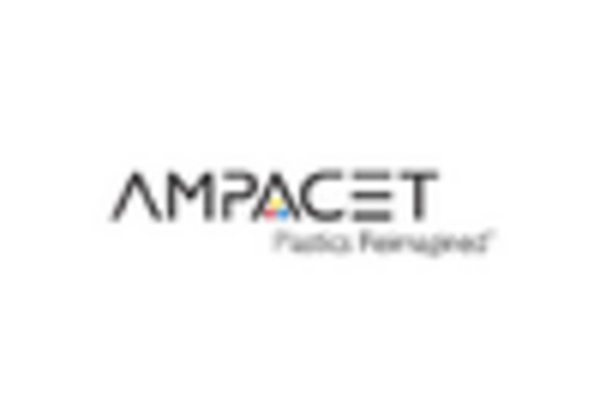

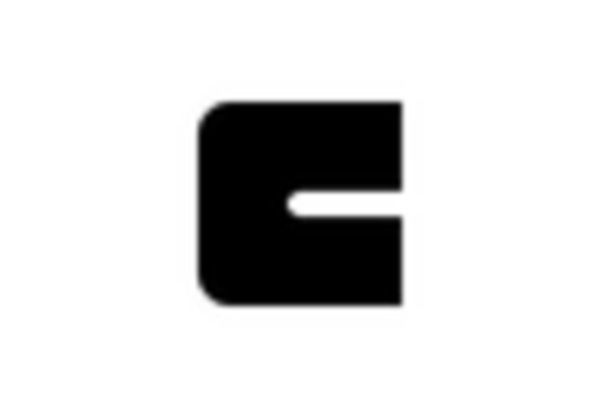
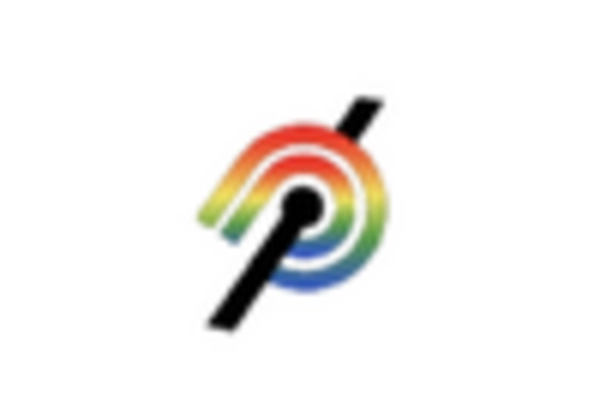









Leave a Comment